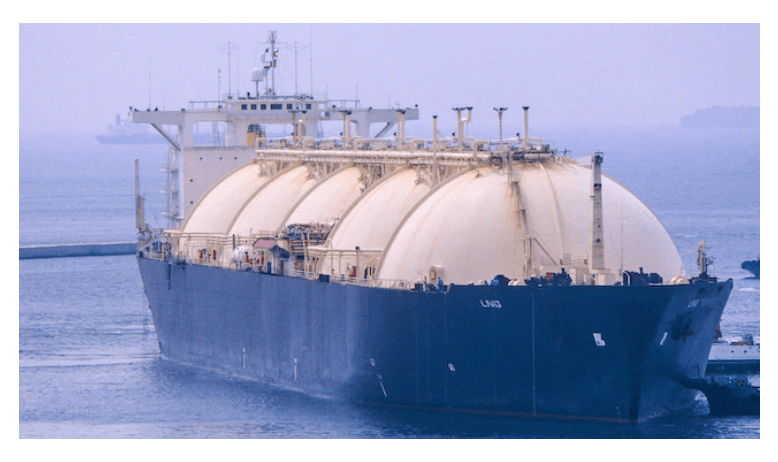

The era of rapid global growth in natural gas demand is drawing to a close, according to the IEA’s World Energy Outlook 2022 report.

It points to the depth and intensity of today’s crisis, which have led to concerns about the future cost and availability of natural gas, damaging confidence in its reliability and putting “a major dent” in the idea of it serving as a transition fuel.
Global natural gas demand in 2050 in this year’s version of the Stated Policies Scenario (STEPS) is 750 bcm lower than projected in last year’s version.
Russian pipeline gas exports to the European Union (EU) halved over the last year to an estimated 75 bcm in 2022. The IEA’s comprehensive outlook spans over 500 pages.
Europe’s drive to reduce reliance on Russian imports and a dearth of new gas export projects mean that natural gas prices in importing regions remain high over the next few years in the STEPS and Announced Pledges Scenario (APS).
Additional liquefied natural gas (LNG) and non-Russian pipeline gas play important roles in making up the shortfall in both scenarios, but the APS sees a stronger surge in wind and solar capacity additions and a bigger push to retrofit buildings and install heat pumps: these help to bring EU natural gas demand down by 40%, or 180 bcm, between 2021 and 2030.
Rising natural gas demand in parts of Asia alongside EU efforts to import non-Russian gas underpin LNG demand growth in all scenarios until the mid-2020s, but there are sharp divergences thereafter. In the STEPS, an additional 240 bcm per year of export capacity is needed by 2050 over and above projects already under construction.
“This highlights a key dilemma for investors considering large, capital-intensive LNG projects: how to reconcile strong near-term demand growth with uncertain but possibly declining longer term demand,” the report states.
In the latest STEPS, demand rises by less than 5% between 2021 and 2030, compared with a 20% rise between 2011 and 2020.
It remains flat from 2030 at around 4,400 bcm through to 2050, with growth in emerging market and developing economies offset by declines in advanced economies. In the APS, demand soon peaks and is 10% lower than 2021 levels by 2030.
In contrast to natural gas, the prospects for low-emissions gases look bright, the report adds. In the APS, low-emissions hydrogen production rises from low levels today to over 30MT per year in 2030 – equivalent to over 100 bcm of natural gas.
But it warns the future uptake of low‐emissions hydrogen‐based liquid fuels depends crucially “on finding ways to reduce production costs”.
The APS also sees a rise in biomethane production that reflects the ambitious targets now being established.
IEA analysis suggests 35 bcm of biomethane – which could yield significant quantities of nitrogen biofertiliser, reducing mineral fertiliser use – could be produced in the EU for less than US$20/MBtu. This is below the average price seen since July 2021, but well above the average of the past decade.
There is also potential to use the relatively pure stream of CO2 associated with the biogas upgrading process to produce synthetic methane.
“Governments have a key co-ordinating role to play in the growth of low-emissions gases, in particular in setting standards and ensuring reliable, long-term demand. At the moment, the 24Mt per year of projects seeking to export hydrogen or hydrogen-based fuels are running ahead of plans for the corresponding import infrastructure,” the report concludes.